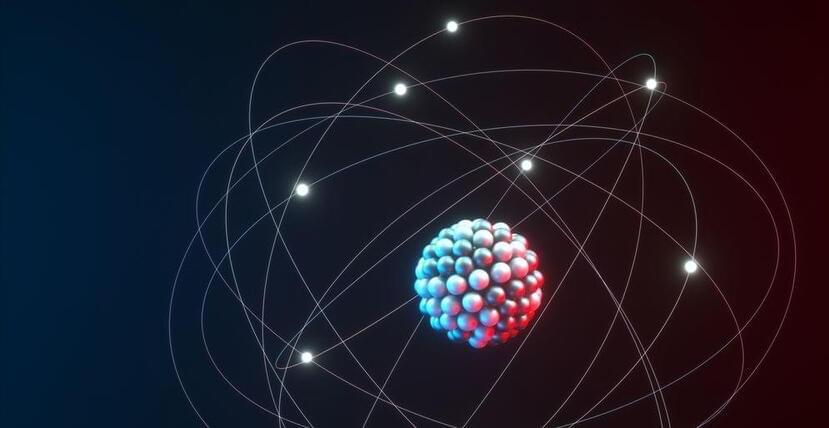💰Special Offer!💰 Use our link https://joinnautilus.com/SABINE to get 15% off your membership!Physicists have shattered previous limits of the new technolog…
Category: quantum physics – Page 389
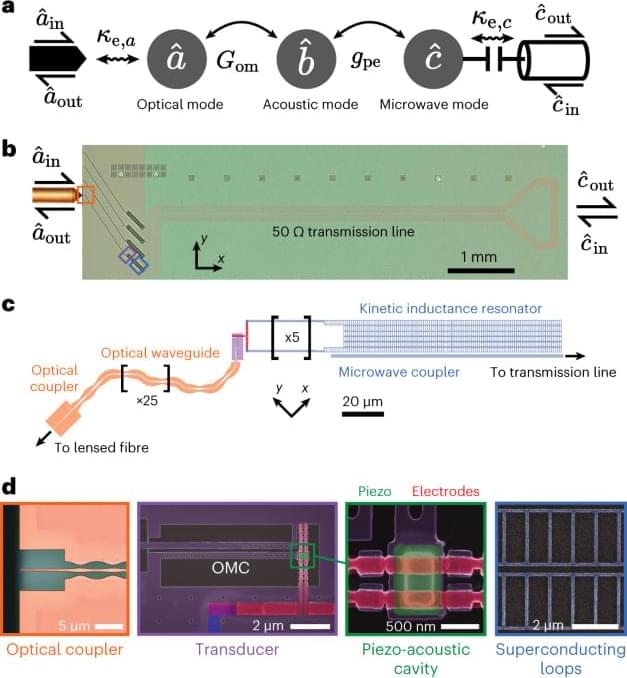
Non-classical microwave–optical photon pair generation with a chip-scale transducer
Generating quantum correlations between light and microwaves.
Non-classical microwave–optical photon pair generation with a chip-scale transducer.
A transducer that generates microwave–optical photon pairs is demonstrated. This could provide an interface between optical communication networks and superconducting quantum devices that operate at microwave frequencies.

Building a theory of quantum gravity
The Isaac Newton Institute for Mathematical Sciences (INI) in Cambridge hosted a research programme on one of the most pressing problems in modern physics: to build a theory that can explain all the fundamental forces and particles of nature in one unifying mathematical framework. Such a theory of quantum gravity would combine two hugely successful frameworks on theoretical physics, which have so far eluded unification: quantum physics and Einstein’s theory of gravity.
The Black holes: bridges between number theory and holographic quantum information programme focusses on black holes, which play a hugely important part in this area, on something called the holographic principle, and on surprising connections to pure mathematics. This collection of articles explores the central concepts involved and gives you a gist of the cutting edge research covered by the INI programme.
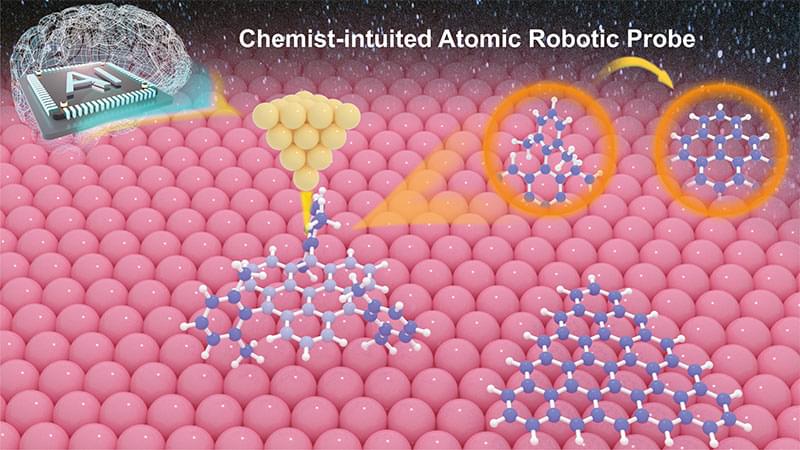
AI-enabled atomic robotic probe to advance quantum material manufacturing
Scientists from the National University of Singapore (NUS) have pioneered a new methodology of fabricating carbon-based quantum materials at the atomic scale by integrating scanning probe microscopy techniques and deep neural networks. This breakthrough highlights the potential of implementing artificial intelligence (AI) at the sub-angstrom scale for enhanced control over atomic manufacturing, benefiting both fundamental research and future applications.
Open-shell magnetic nanographenes represent a technologically appealing class of new carbon-based quantum materials, which host robust π-spin centres and non-trivial collective quantum magnetism. These properties are crucial for developing high-speed electronic devices at the molecular level and creating quantum bits, the building blocks of quantum computers. Despite significant advancements in the synthesis of these materials through on-surface synthesis, a type of solid-phase chemical reaction, achieving precise fabrication and tailoring of the properties of these quantum materials at the atomic level has remained a challenge.
The figure illustrates the chemist-intuited atomic robotic probe that would allow chemists to precisely fabricate organic quantum materials at the single-molecule level. The robotic probe can conduct real-time autonomous single-molecule reactions with chemical bond selectivity, demonstrating the fabrication of quantum materials with a high level of control. (© Nature Synthesis)

Cold Chemistry is Different
Experiments demonstrate some of the unusual features of molecular reactions that occur in the deep cold of interstellar space.
Many common small molecules are formed in interstellar space, and their low temperatures are expected to have profound effects on their chemical reactions because of quantum-mechanical effects that are masked at higher temperatures. Researchers have now demonstrated some of these cold chemistry phenomena—such as the effects of molecular rotation and collision energy on reaction rates—in a reaction between a hydrogen ion and an ammonia molecule in the lab. The results, while intuitively surprising at first glance, can be explained by a careful theoretical analysis of the quantum chemistry.
Measuring reaction rates at low temperatures is useful for testing quantum-chemical theory because in those conditions molecules may occupy only a few well-defined quantum states. Such experiments could also offer insights into chemical processes in the cold clouds of gas in star-forming regions of interstellar space, where many of the simple molecules that make up solar systems are formed. But low-temperature experiments are difficult, especially for charged atoms and molecules (ions), because they are very sensitive to stray electric fields in the environment, which accelerate and heat up the ions.

Scientists Discover Bizarre Material Where Electrons Stand Still
Scientists at Rice University have uncovered a first-of-its-kind material: a 3D crystalline metal in which quantum correlations and the geometry of the crystal structure combine to frustrate the movement of electrons and lock them in place.
The find is detailed in a study published in Nature Physics. The paper also describes the theoretical design principle and experimental methodology that guided the research team to the material. One part copper, two parts vanadium, and four parts sulfur, the alloy features a 3D pyrochlore lattice consisting of corner-sharing tetrahedra.
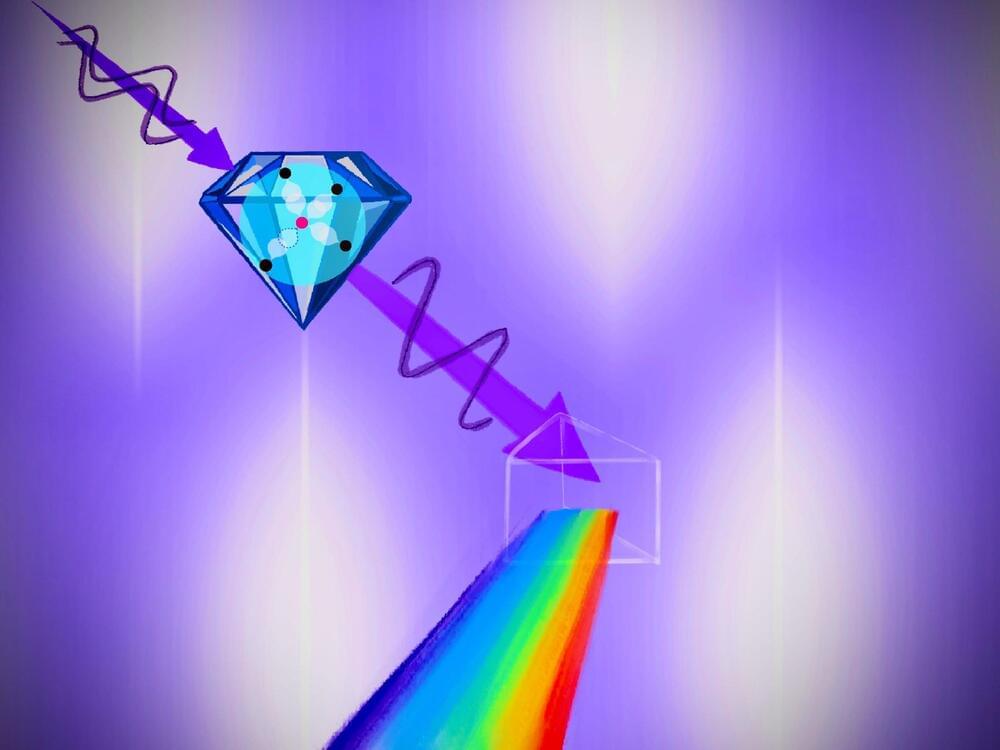
Unlocking the Quantum Secrets Hidden in Diamonds for Advanced Electronics
Highly precise optical absorption spectra of diamond reveal ultra-fine splitting.
Besides being “a girl’s best friend,” diamonds have broad industrial applications, such as in solid-state electronics. New technologies aim to produce high-purity synthetic crystals that become excellent semiconductors when doped with impurities as electron donors or acceptors of other elements.
The Science of Doping.
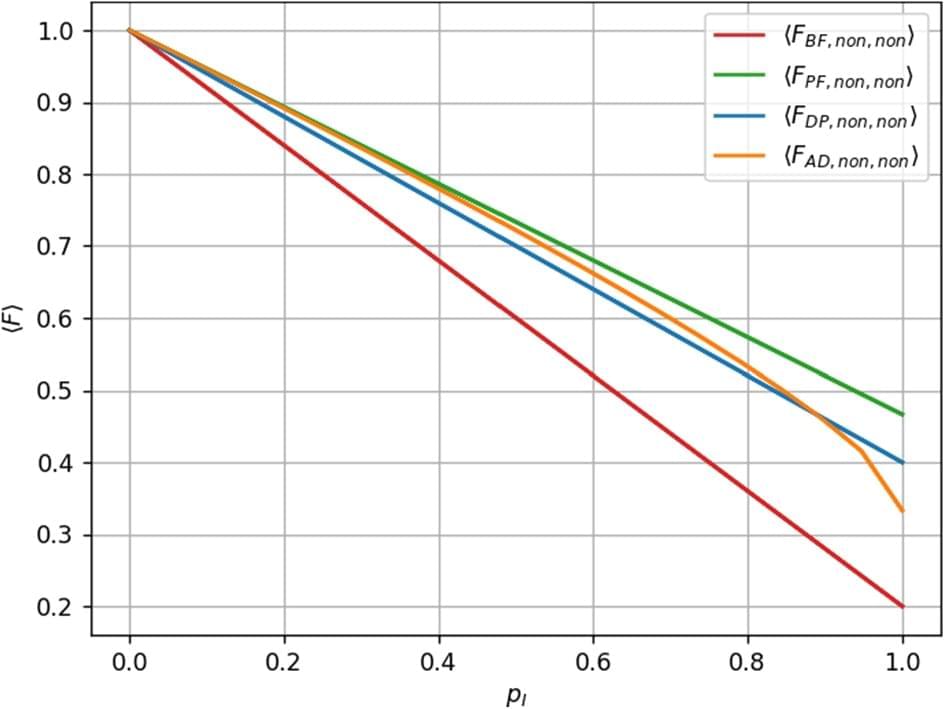
Beyond Qubits: An Extensive Noise Analysis for Qutrit Quantum Teleportation
The four quantum noises-Bit Flip, Phase Flip, Depolarization, and Amplitude Damping-as well as any potential combinations of them, are examined in this paper’s investigation of quantum teleportation using qutrit states. Among the mentioned noises, we observed that phase flip has the highest fidelity. When compared to uncorrelated Amplitude Damping, we find that Correlated Amplitude Damping performs two times better. Finally, we conclude that for better fidelity, it is preferable to introduce the same noise in channel state if noise is unavoidable.
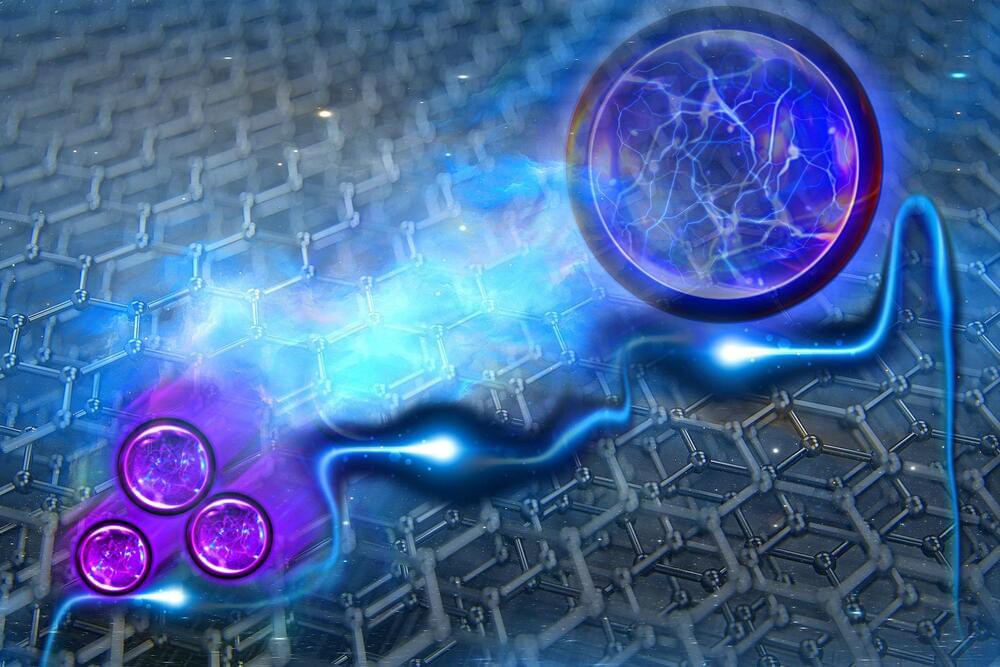
Fractional Electrons: MIT’s New Graphene Breakthrough Is Shaping the Future of Quantum Computing
An exotic electronic state observed by MIT physicists could enable more robust forms of quantum computing.
The electron is the basic unit of electricity, as it carries a single negative charge. This is what we’re taught in high school physics, and it is overwhelmingly the case in most materials in nature.
But in very special states of matter, electrons can splinter into fractions of their whole. This phenomenon, known as “fractional charge,” is exceedingly rare, and if it can be corralled and controlled, the exotic electronic state could help to build resilient, fault-tolerant quantum computers.
